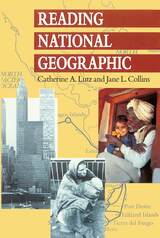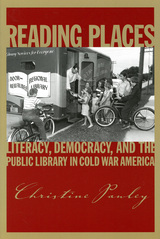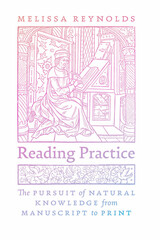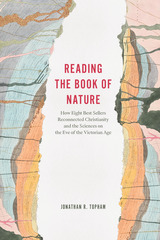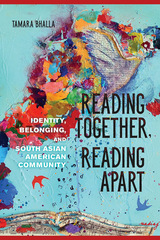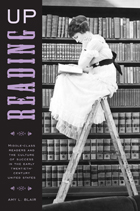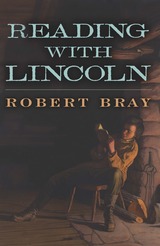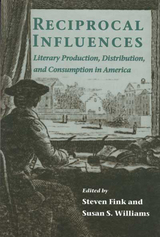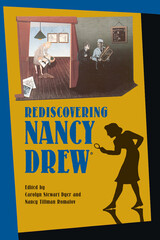Leon Bibel: Forgotten Artist of the New Deal
Rutgers University Press, 2025
Cloth: 978-1-9788-2575-8 | eISBN: 978-1-9788-2577-2
See other books on: Artists, Architects, Photographers | Haw, Richard | Individual Artists | Monographs | New Deal
See other titles from Rutgers University Press
Cloth: 978-1-9788-2575-8 | eISBN: 978-1-9788-2577-2
ABOUT THIS BOOK | AUTHOR BIOGRAPHY | TOC
ABOUT THIS BOOK
Leon Bibel (1913-1995) was a prolific modern American artist who painted, printed, stamped, etched, sketched, and carved. He produced pieces that ranged from social realism to dreamy expressionism, and was an aesthetic experimentalist, never working for too long in any medium or style. Yet despite Bibel’s obvious talent, his work may have languished in obscurity were it not for the help of the New Deal programs like the Federal Art Project and Public Works of Art Project.
Leon Bibel, the first biography of this eclectic artist, recounts his life from his birth in Szczebrzeszyn, Poland, in 1913, to his death in New Jersey in 1995. After immigrating to the United States in the 1920s, Bibel came of age during the Great Depression, when New Deal agencies recognized his abilities and supported his artistic endeavors. Working-class artists faced challenges after these programs folded, and Bibel would later spend twenty years as a New Jersey chicken farmer before resurrecting his art career in the 1960s.
Historian Richard Haw shows how Bibel’s life was defined by the New Deal, his visionary artwork shaped by the era’s commitment to social and economic justice. With reproductions of more than 240 of Bibel’s works, many in vivid color, this book reveals how he depicted everything from the trauma of unemployment to the dignity of work, and from the horrors of lynching to the pleasures of everyday life.
Leon Bibel, the first biography of this eclectic artist, recounts his life from his birth in Szczebrzeszyn, Poland, in 1913, to his death in New Jersey in 1995. After immigrating to the United States in the 1920s, Bibel came of age during the Great Depression, when New Deal agencies recognized his abilities and supported his artistic endeavors. Working-class artists faced challenges after these programs folded, and Bibel would later spend twenty years as a New Jersey chicken farmer before resurrecting his art career in the 1960s.
Historian Richard Haw shows how Bibel’s life was defined by the New Deal, his visionary artwork shaped by the era’s commitment to social and economic justice. With reproductions of more than 240 of Bibel’s works, many in vivid color, this book reveals how he depicted everything from the trauma of unemployment to the dignity of work, and from the horrors of lynching to the pleasures of everyday life.
See other books on: Artists, Architects, Photographers | Haw, Richard | Individual Artists | Monographs | New Deal
See other titles from Rutgers University Press

